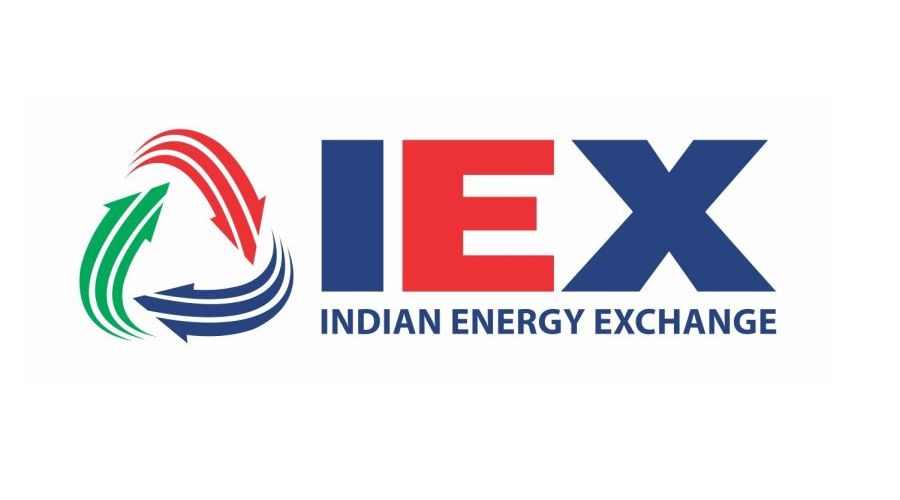Stock Picking in 2024: Hot Sectors and Hidden Gems
Navigating the stock market can feel like a daunting task, but with the right strategies, 2024 could be a year of opportunity. If you’re wondering where to invest, the key is to focus on sectors that are likely to experience growth and uncover those hidden gems—stocks that might not be on everyone’s radar but have significant potential. Let’s dive into some of the most promising sectors and explore how you can find the stocks that could make a big impact on your portfolio this year. 1. Tech Innovation Still Leads the Way It’s no surprise that technology continues to dominate the stock market. However, it’s not just about the big players like Apple or Google anymore. In 2024, emerging tech sectors such as AI (Artificial Intelligence), cloud computing, and cybersecurity are where the action is. AI companies are powering everything from automation to customer service, and as businesses continue to adopt AI solutions, stocks in this space have enormous growth potential. Cybersecurity has also become more critical as digital threats rise. Companies focused on protecting data and infrastructure, like CrowdStrike or Palo Alto Networks, are considered hot picks due to the increasing demand for secure networks. 2. The Green Energy Boom With the global push towards sustainability, renewable energy is one of the most exciting sectors for 2024. Governments around the world are committed to reducing carbon emissions, making this an area ripe for investment. Stocks in solar, wind, and electric vehicle (EV) infrastructure are gaining momentum. Companies like Tesla are the face of EVs, but consider looking into lesser-known names like Enphase Energy or NextEra Energy, which focus on solar power and clean energy solutions. The shift to clean energy will likely be a long-term trend, meaning there’s significant growth potential for patient investors in this sector. 3. Healthcare’s Evolution The healthcare industry is always an important part of the stock market, but with advancements in biotechnology and telemedicine, 2024 could see major breakthroughs. Biotechnology companies focused on gene editing, precision medicine, and innovative therapies are developing new ways to treat previously untreatable conditions. Stocks like CRISPR Therapeutics and Moderna are making headlines, but keep an eye on smaller players who are innovating in niche areas of healthcare. Additionally, as the demand for healthcare services grows with aging populations, telemedicine companies like Teladoc Health could see sustained growth. They offer services that allow patients to consult with doctors from home, which continues to be in high demand post-pandemic. 4. Financial Services Adaptation The financial sector is undergoing a significant transformation, thanks to the rise of fintech (financial technology). With traditional banking slowly giving way to online platforms and digital payments, companies offering financial technology services are gaining ground. Firms like PayPal, Square, and Block Inc. are already well-known, but look for smaller fintech companies that are innovating in areas like digital wallets, peer-to-peer lending, and blockchain technology. Moreover, companies facilitating cryptocurrency transactions or developing blockchain infrastructure could be valuable additions to your portfolio, as digital assets continue to play a growing role in the financial landscape. 5. Consumer Goods in a Changing World While technology and healthcare often take center stage, don’t forget the consumer goods sector. As lifestyles evolve, so do the products people need. One emerging area is sustainable consumer goods—companies focusing on eco-friendly, ethically sourced products. Brands that emphasize sustainability, such as Beyond Meat (plant-based foods) or Lululemon (sustainable apparel), are increasingly gaining popularity with conscious consumers. On the luxury side, brands catering to affluent consumers—particularly in emerging markets like China—are expected to thrive. This could make stocks like LVMH or Hermès attractive picks for those looking to tap into global wealth trends. Finding the Hidden Gems While it’s easy to follow the big players in these sectors, the real potential often lies in the smaller, lesser-known companies. Finding hidden gems requires a bit of research and patience, but the payoff can be huge. Look for stocks with strong fundamentals, growing revenues, and solid management. Many of these companies are in their early stages, so they may not be household names yet. Keep an eye out for stocks that are still under the radar of mainstream investors but show strong growth potential based on their product innovations or niche market focus. Tools like stock screeners, financial reports, and industry news can help you identify these hidden gems before they become the next big thing. Conclusion Stock picking in 2024 presents a wealth of opportunities for investors willing to explore both established and emerging sectors. While tech, renewable energy, healthcare, and fintech are all exciting areas to watch, the real challenge—and reward—lies in finding those hidden gems that haven’t yet exploded onto the scene. Whether you’re a seasoned investor or just starting out, focusing on innovative companies with solid growth potential can position you for success in the year ahead. Just remember to do your due diligence, stay informed, and invest with a long-term perspective. Happy stock picking!
Stock Picking in 2024: Hot Sectors and Hidden Gems Read More »



